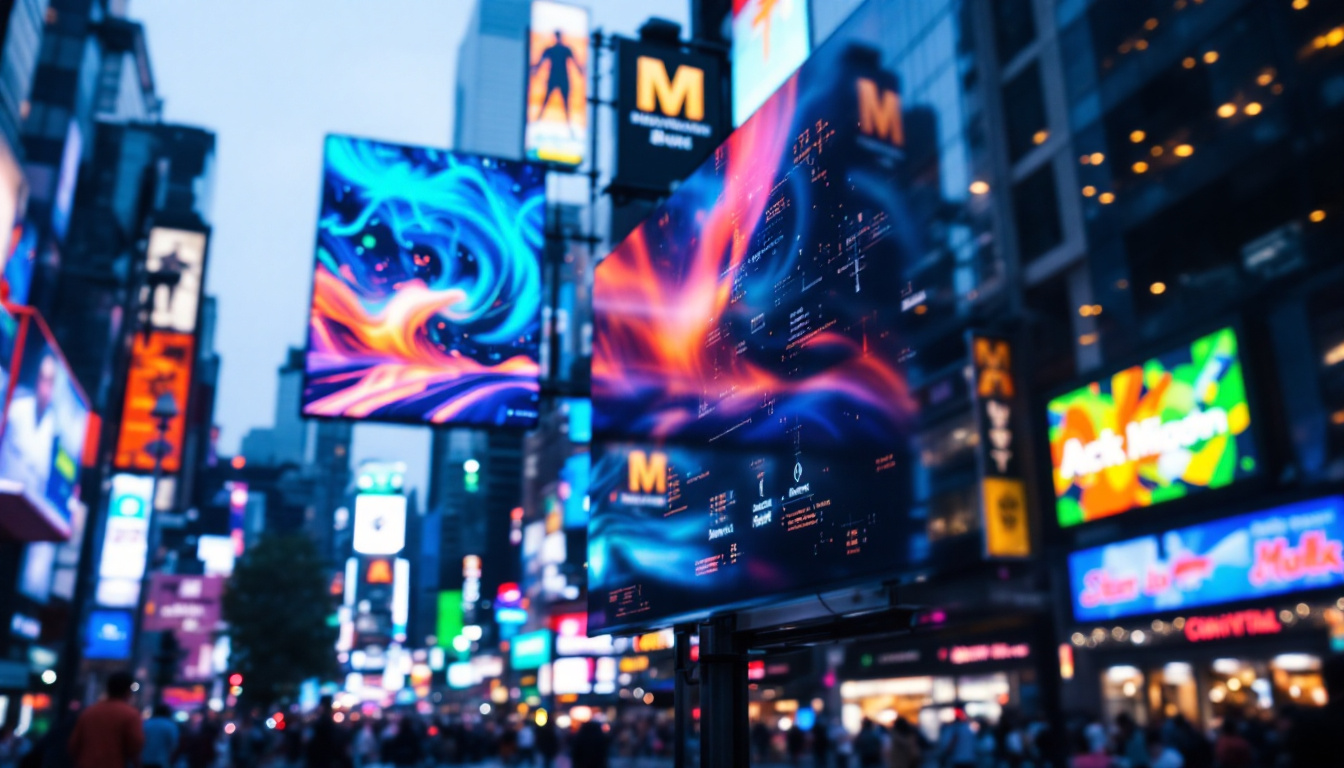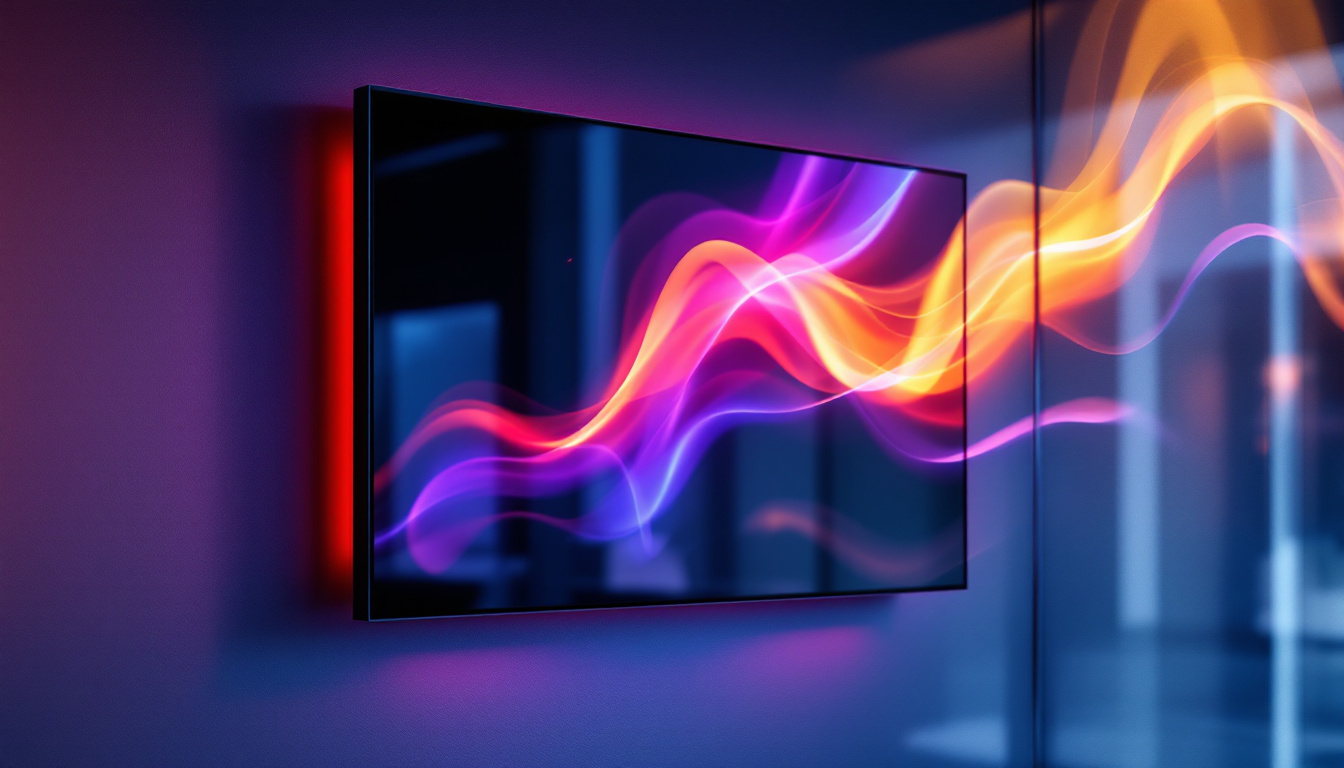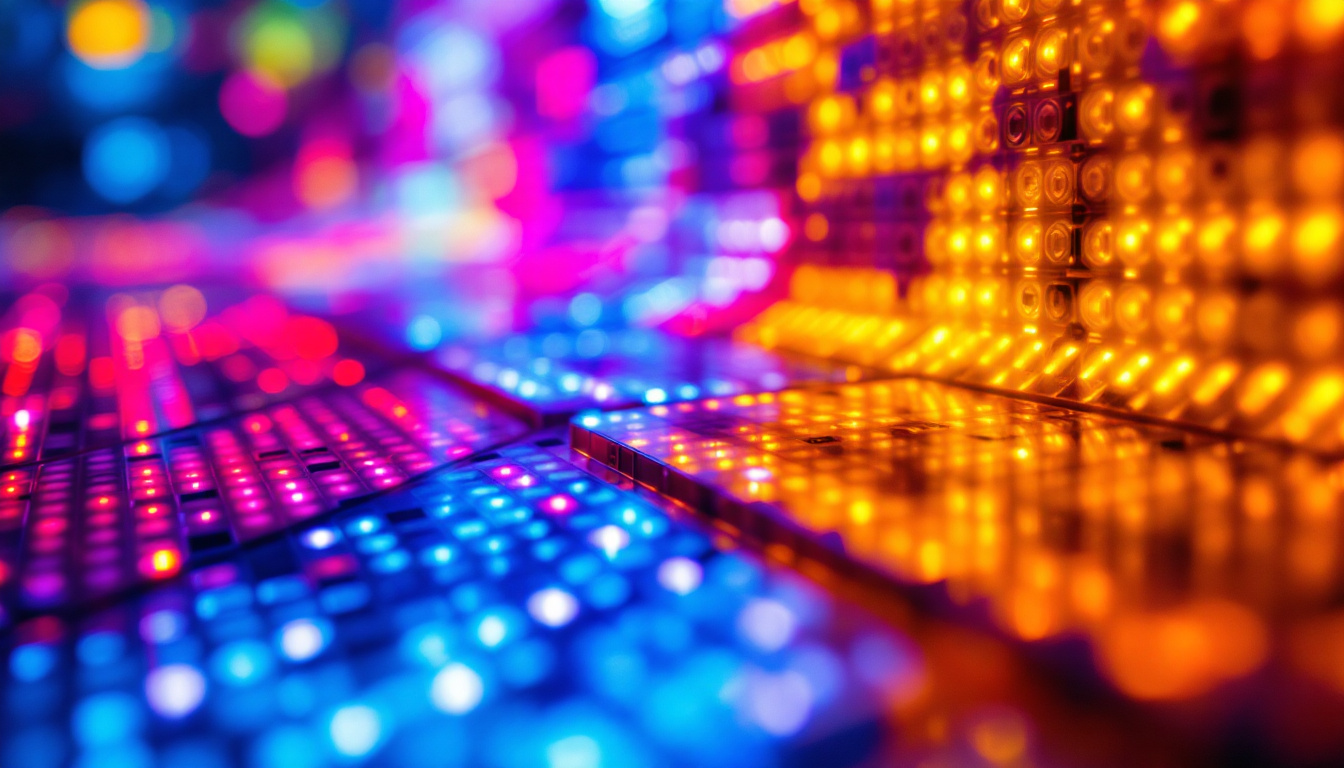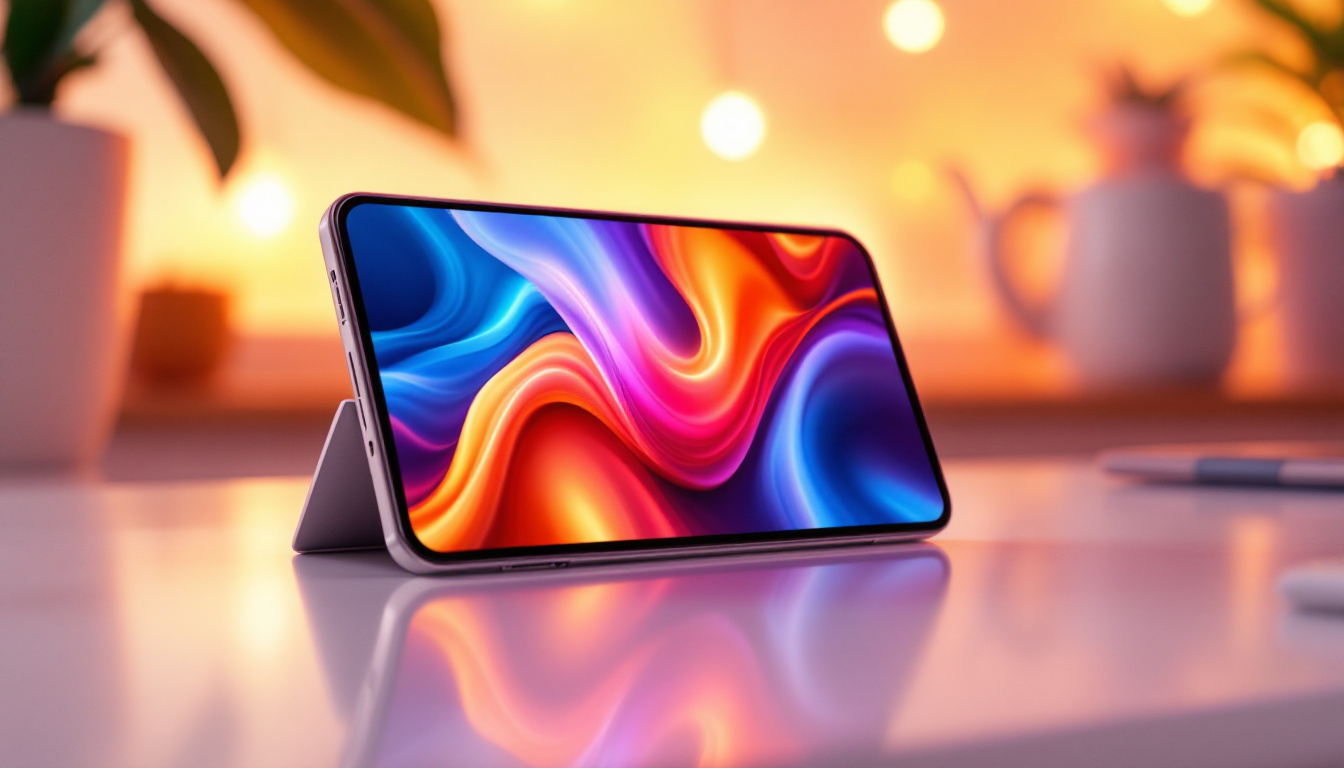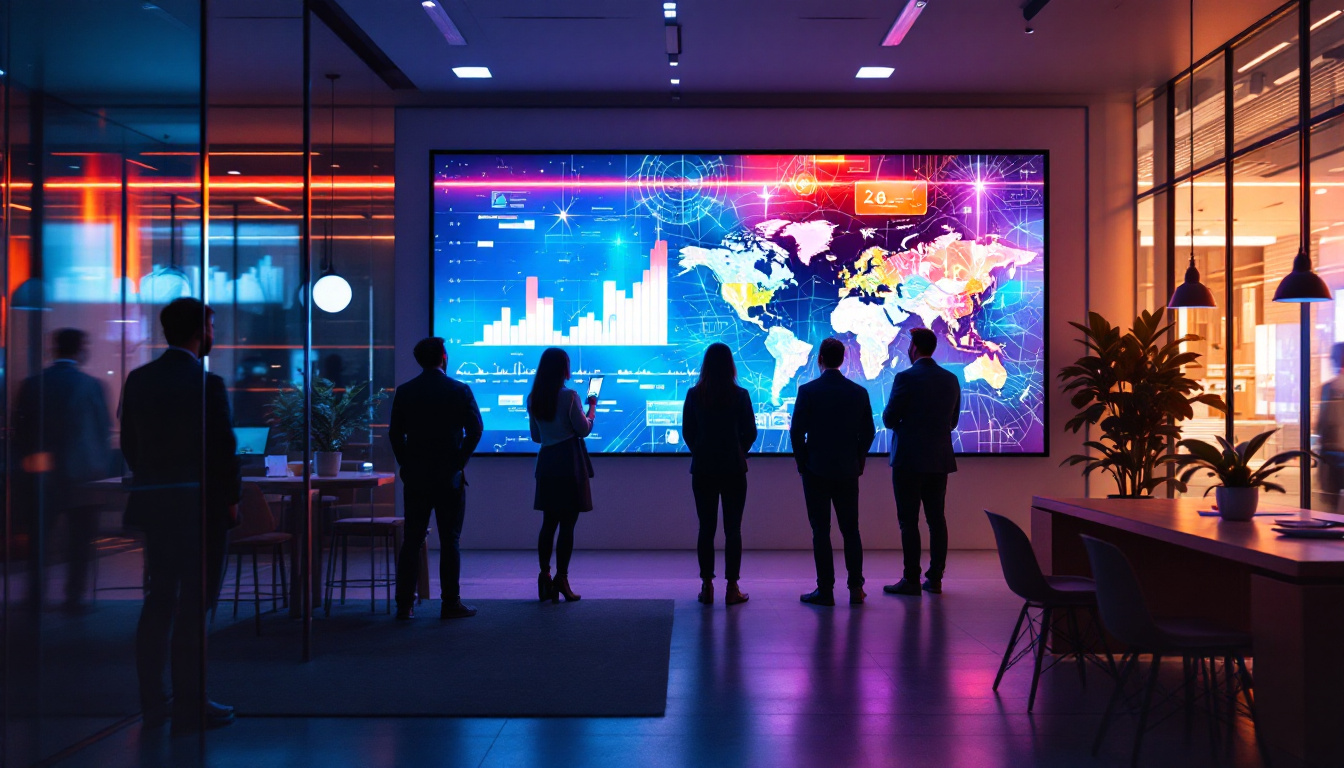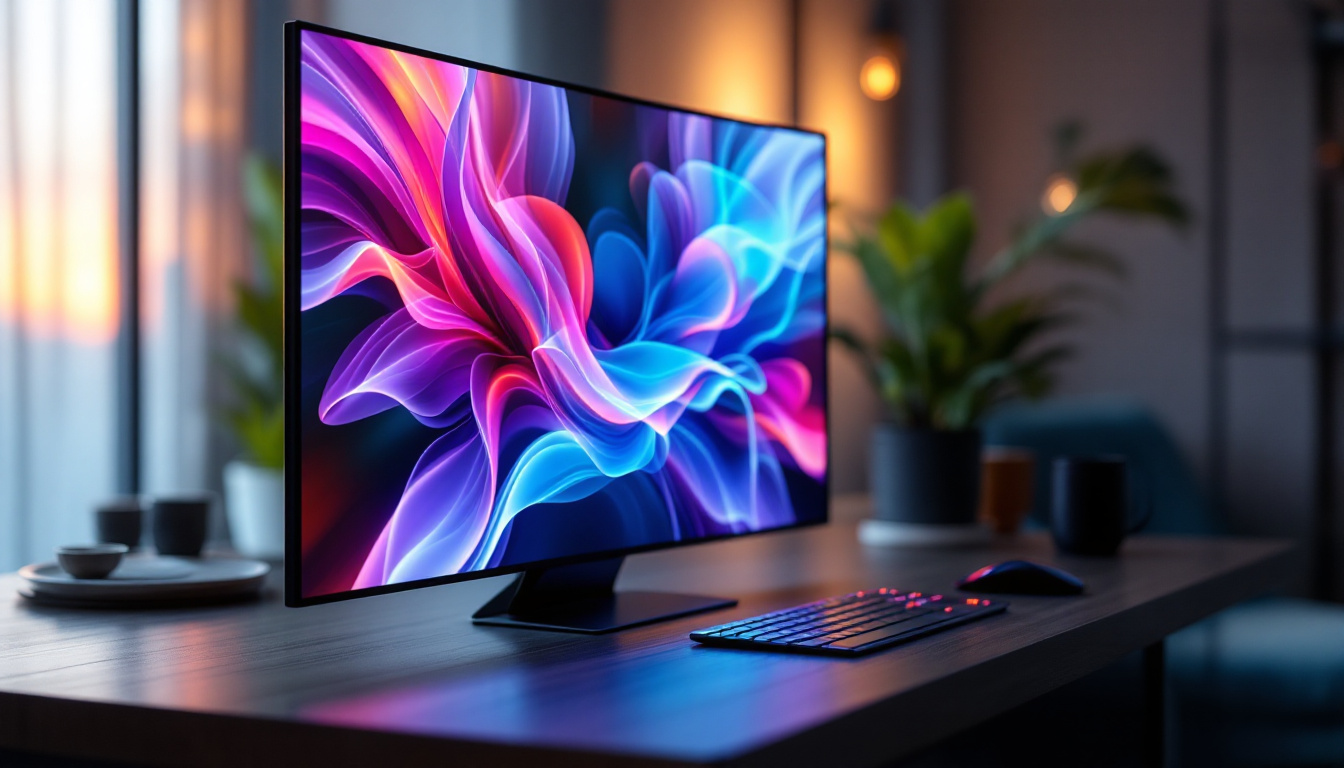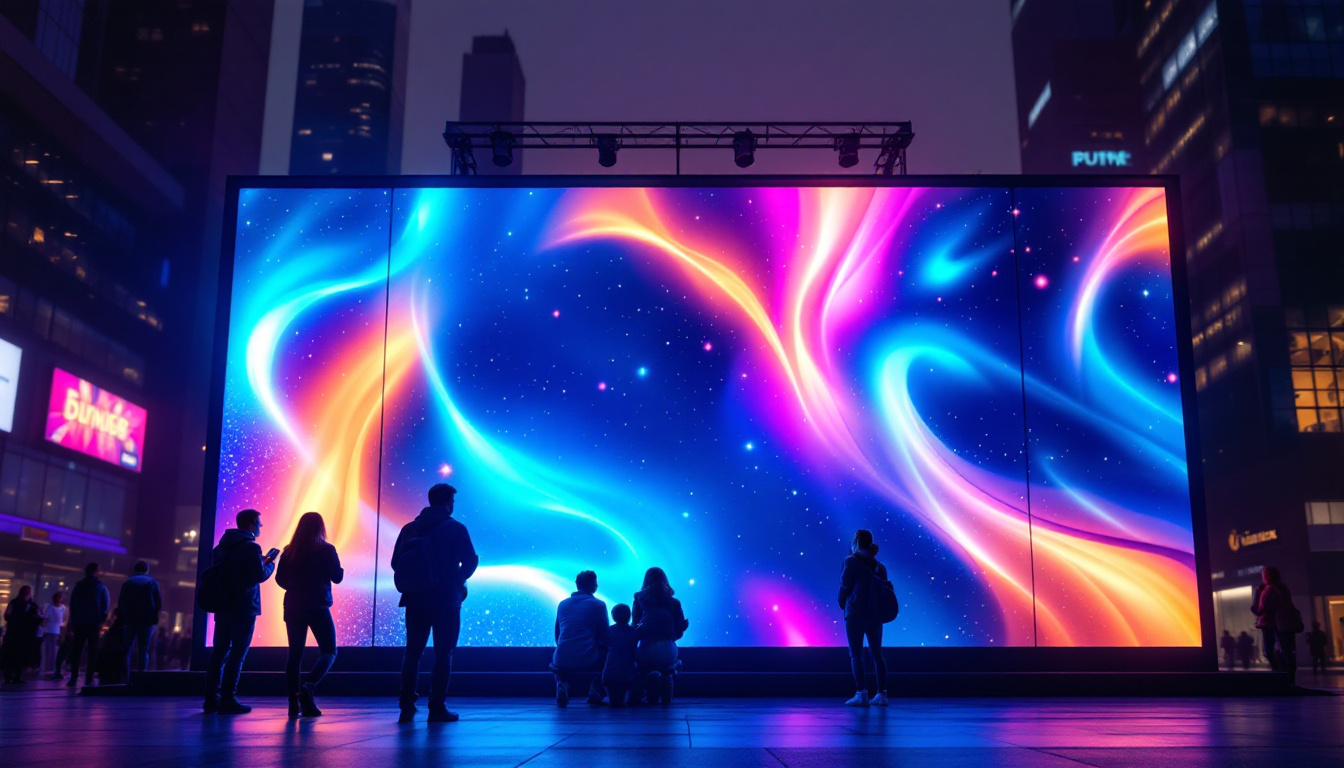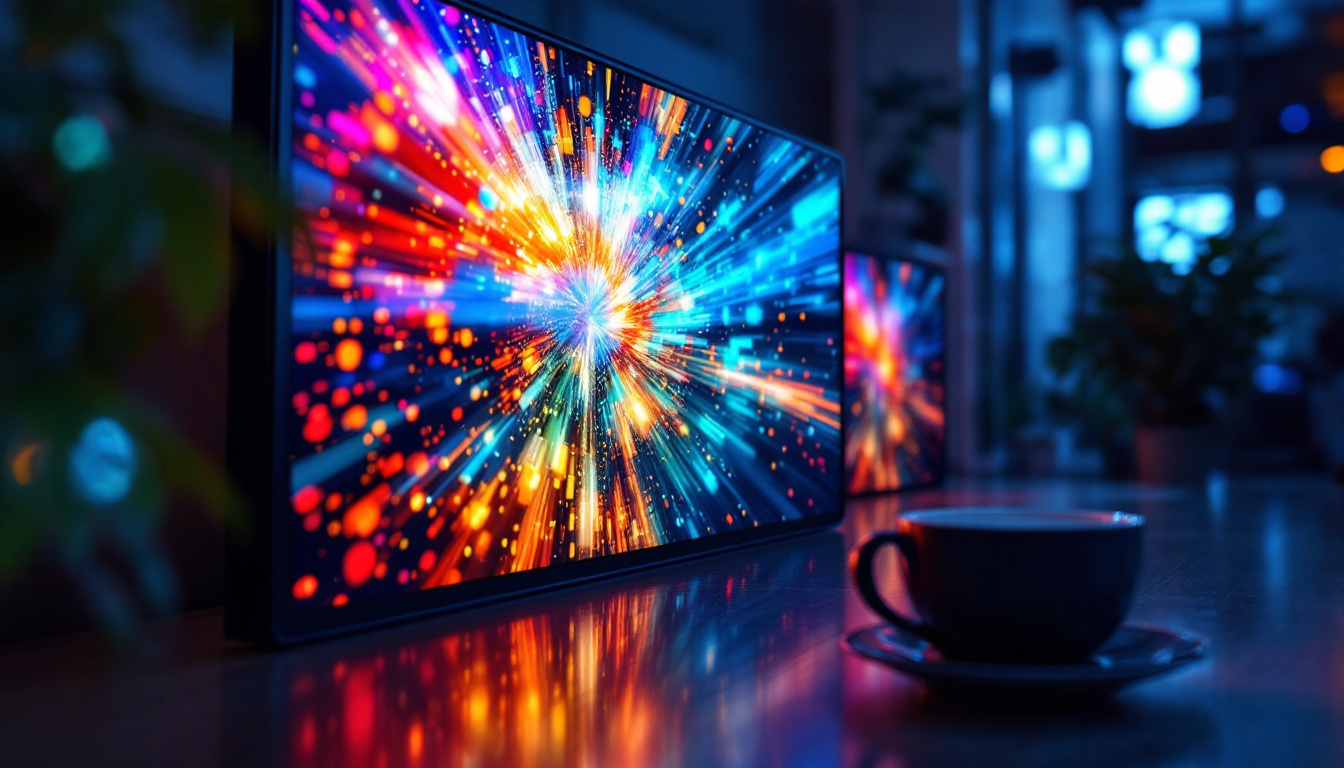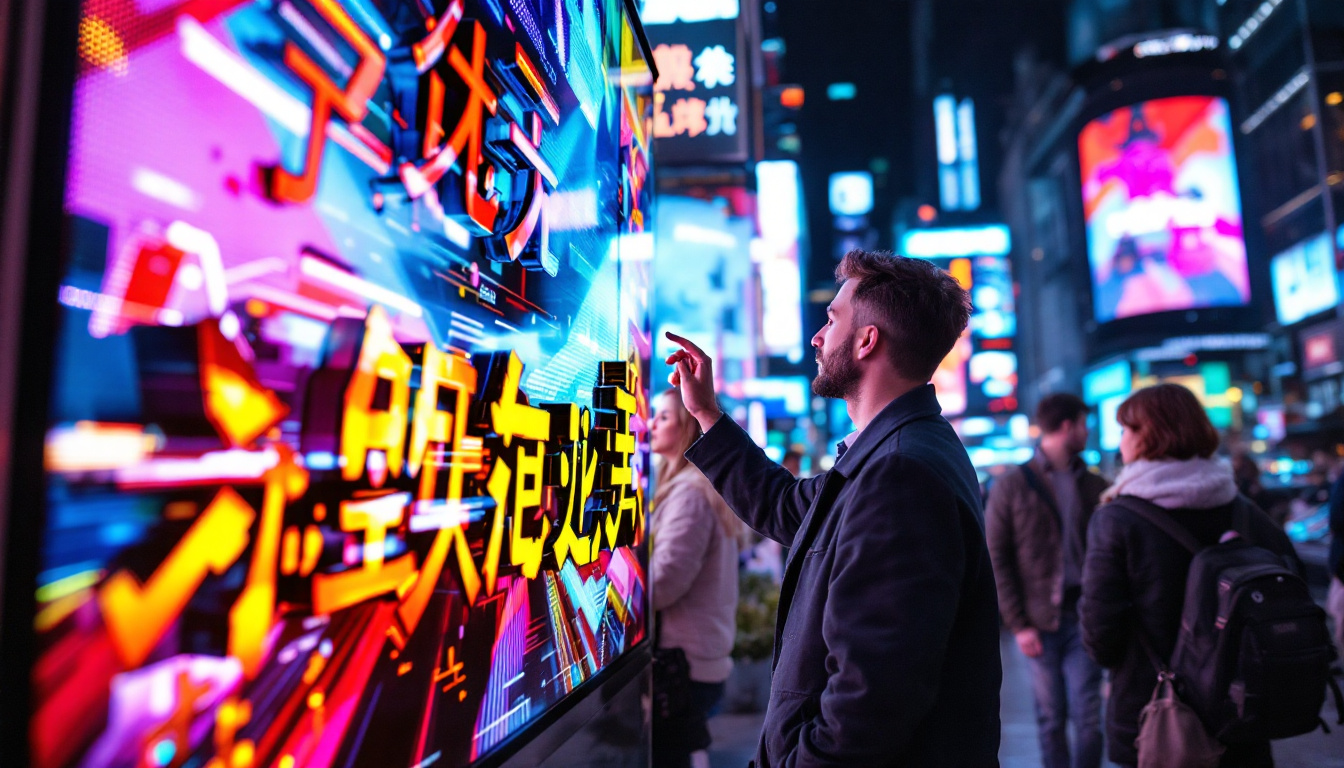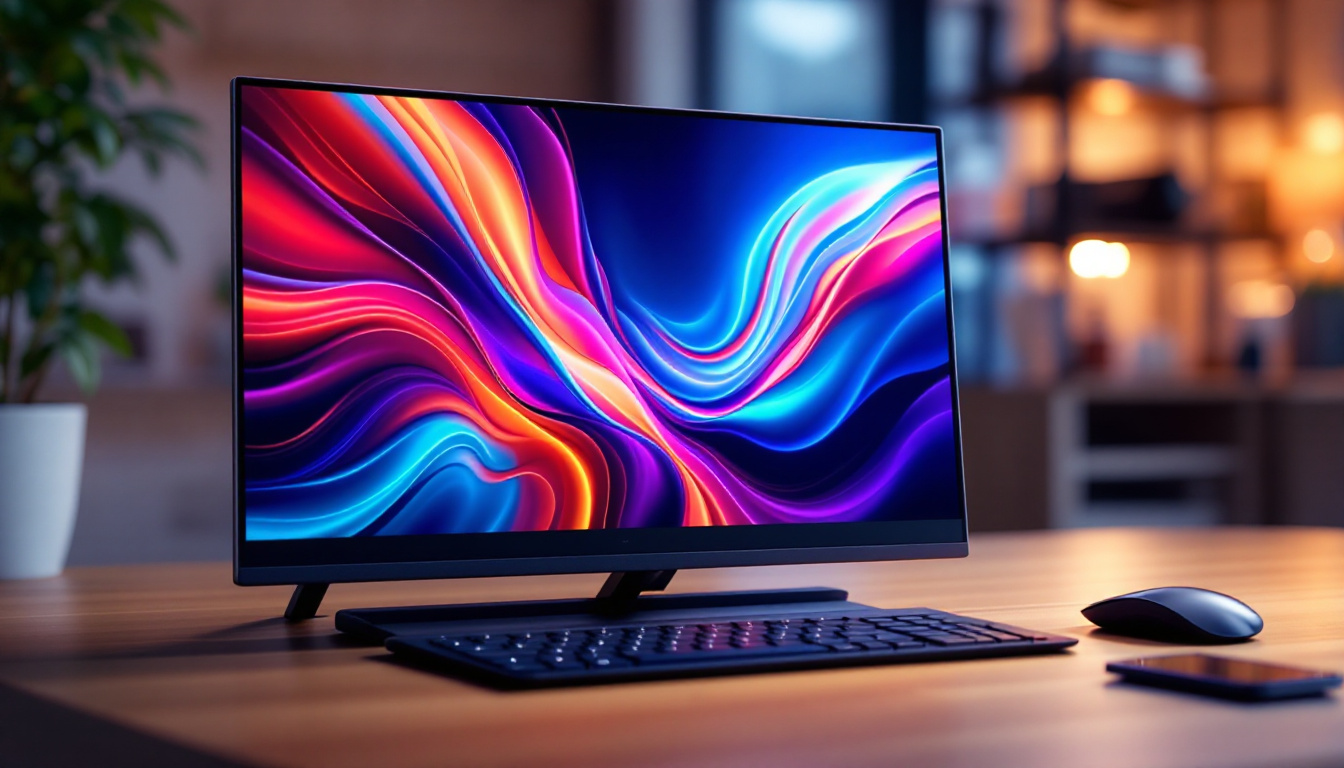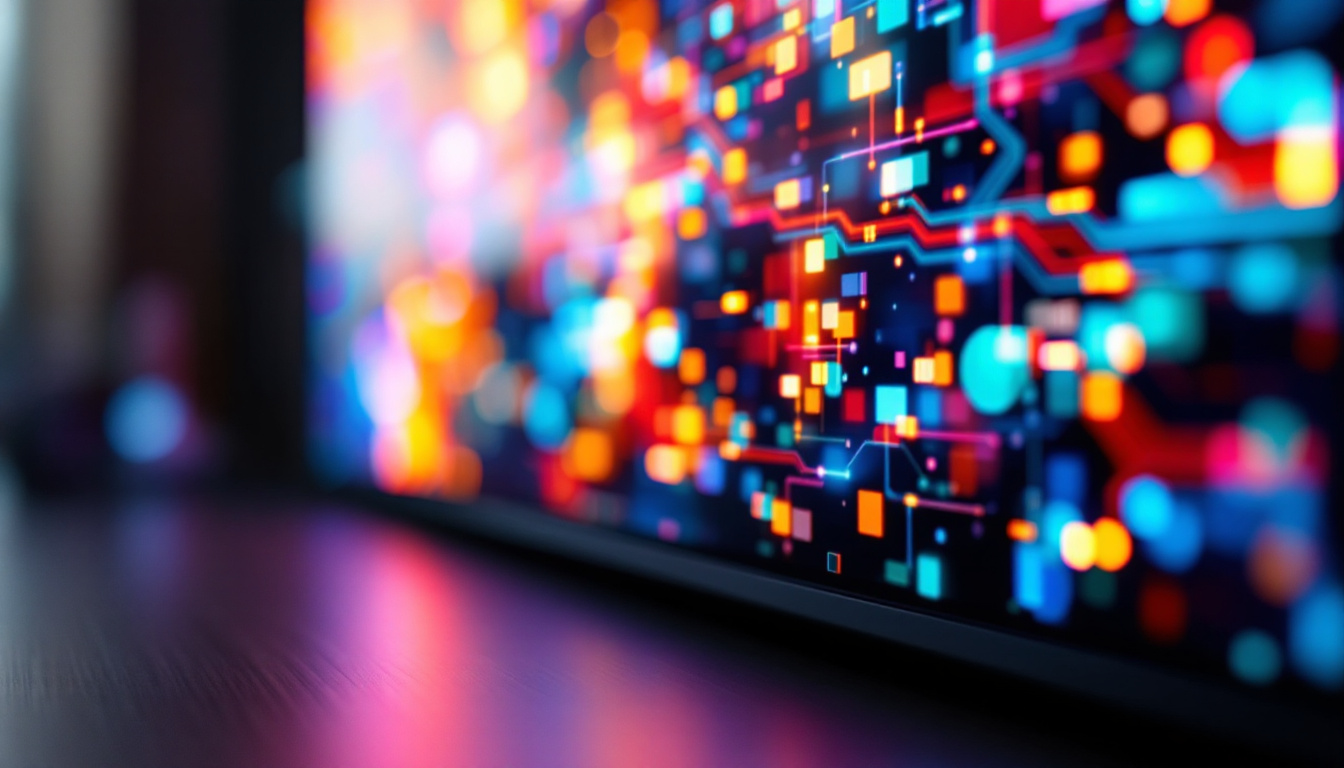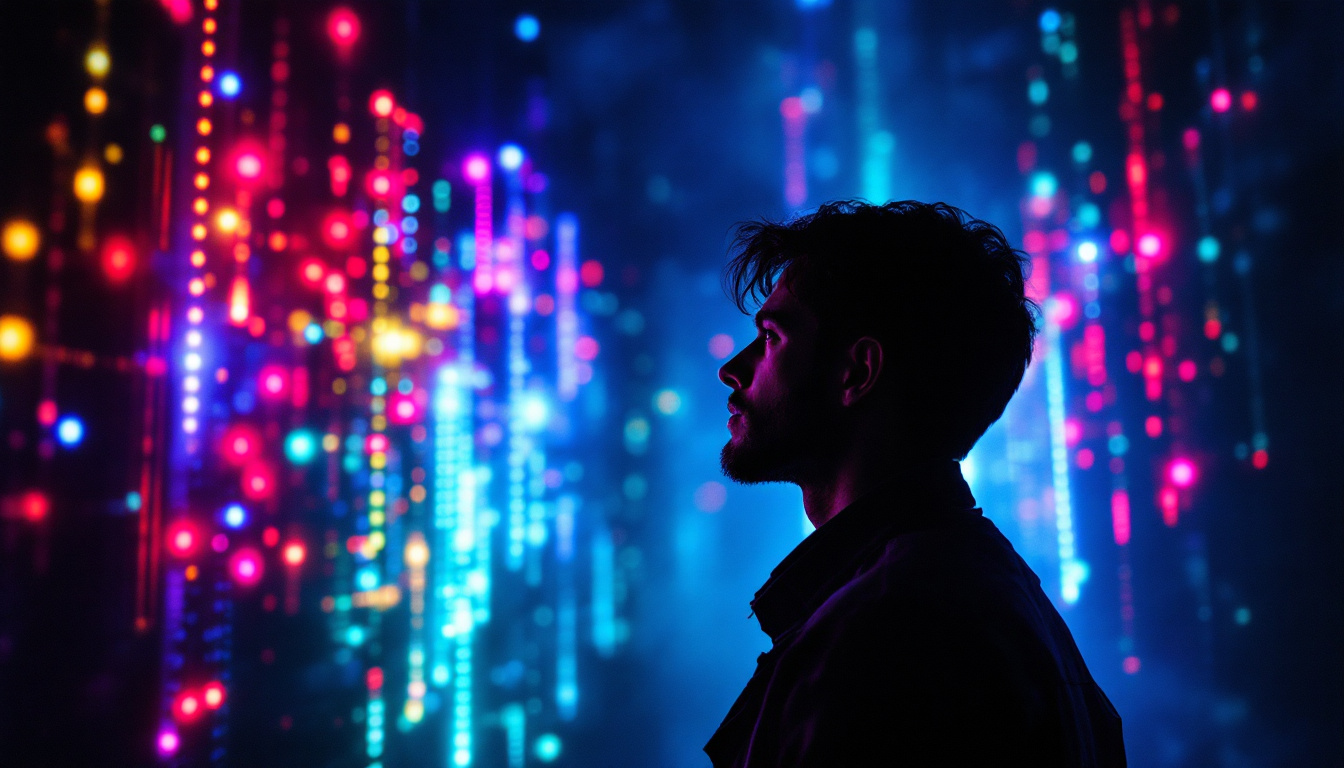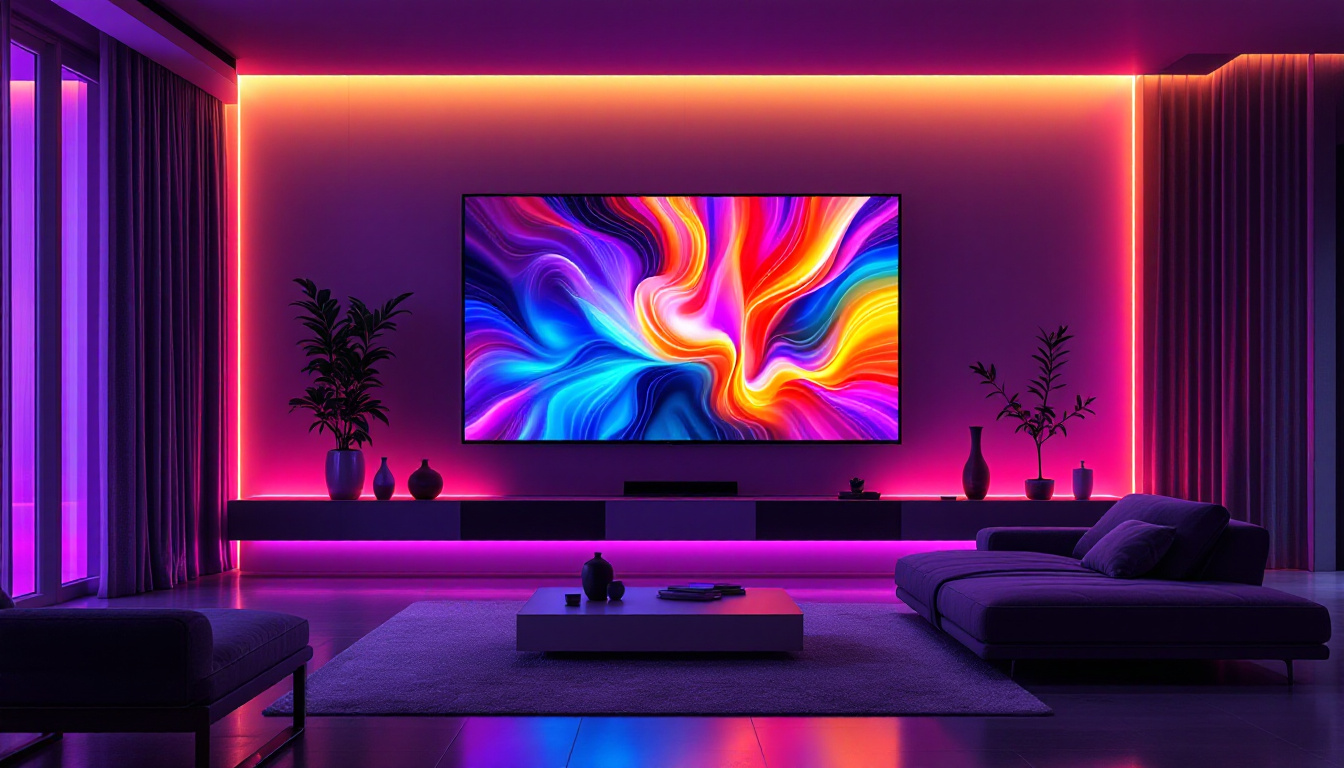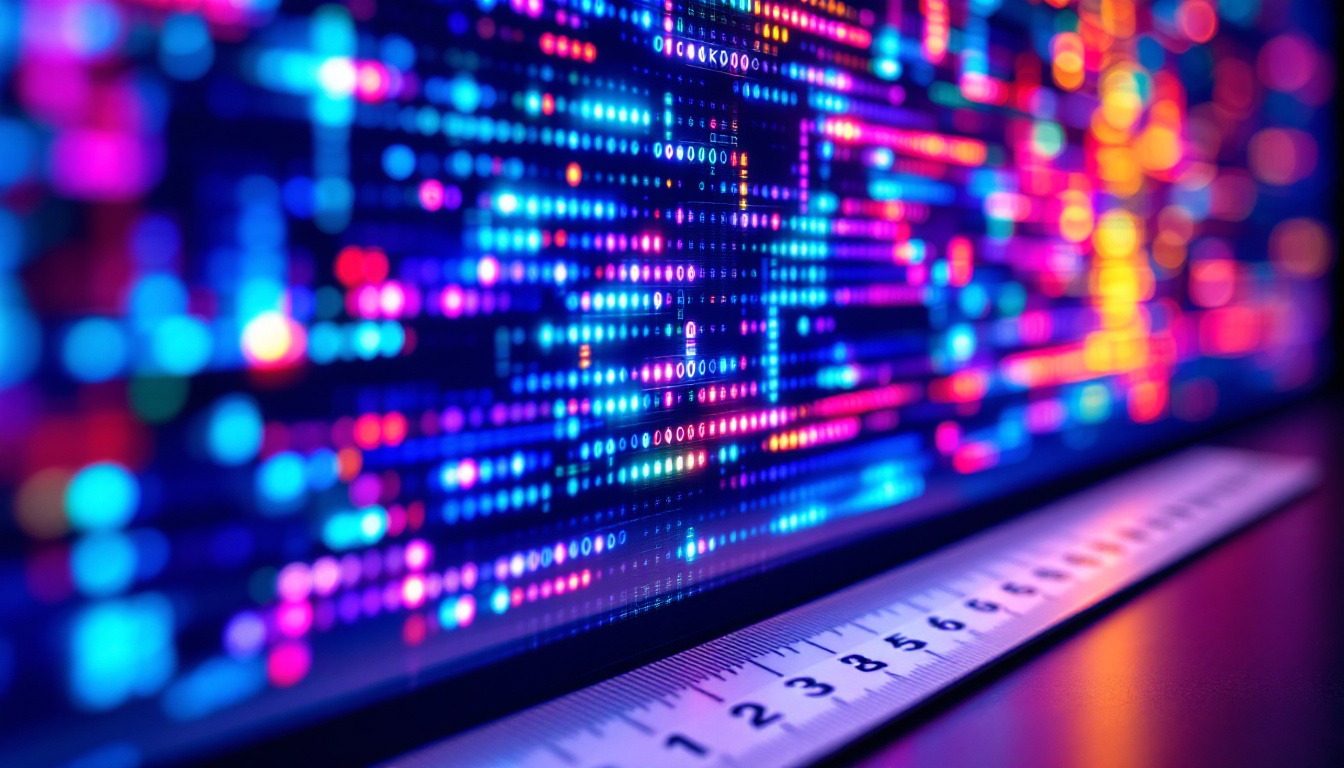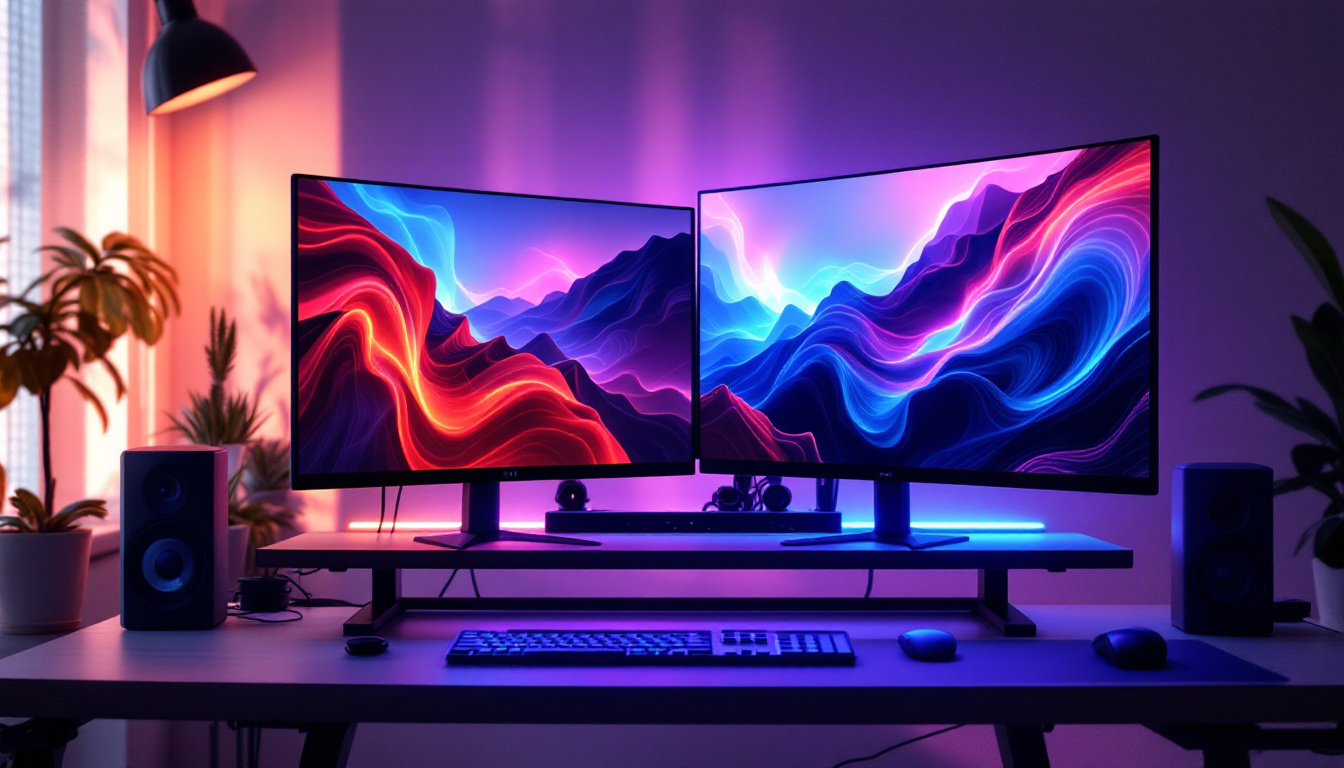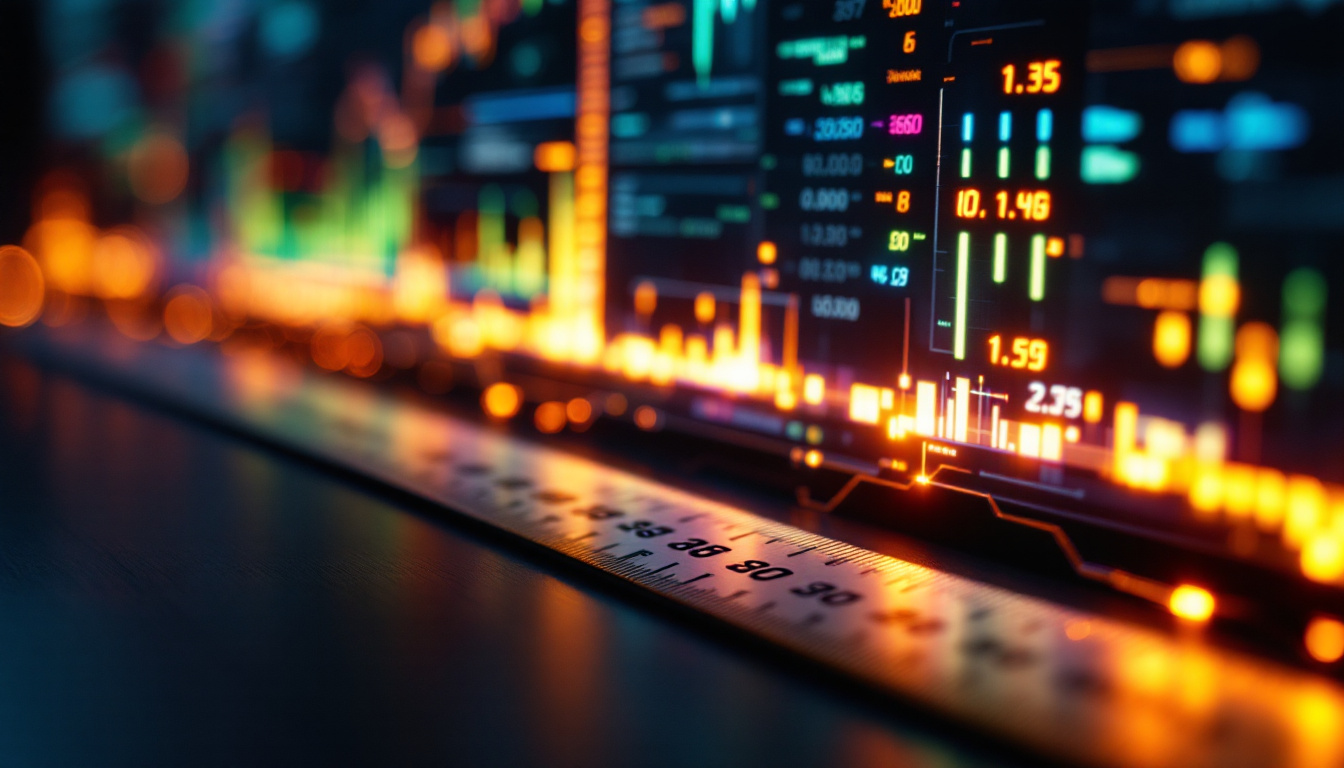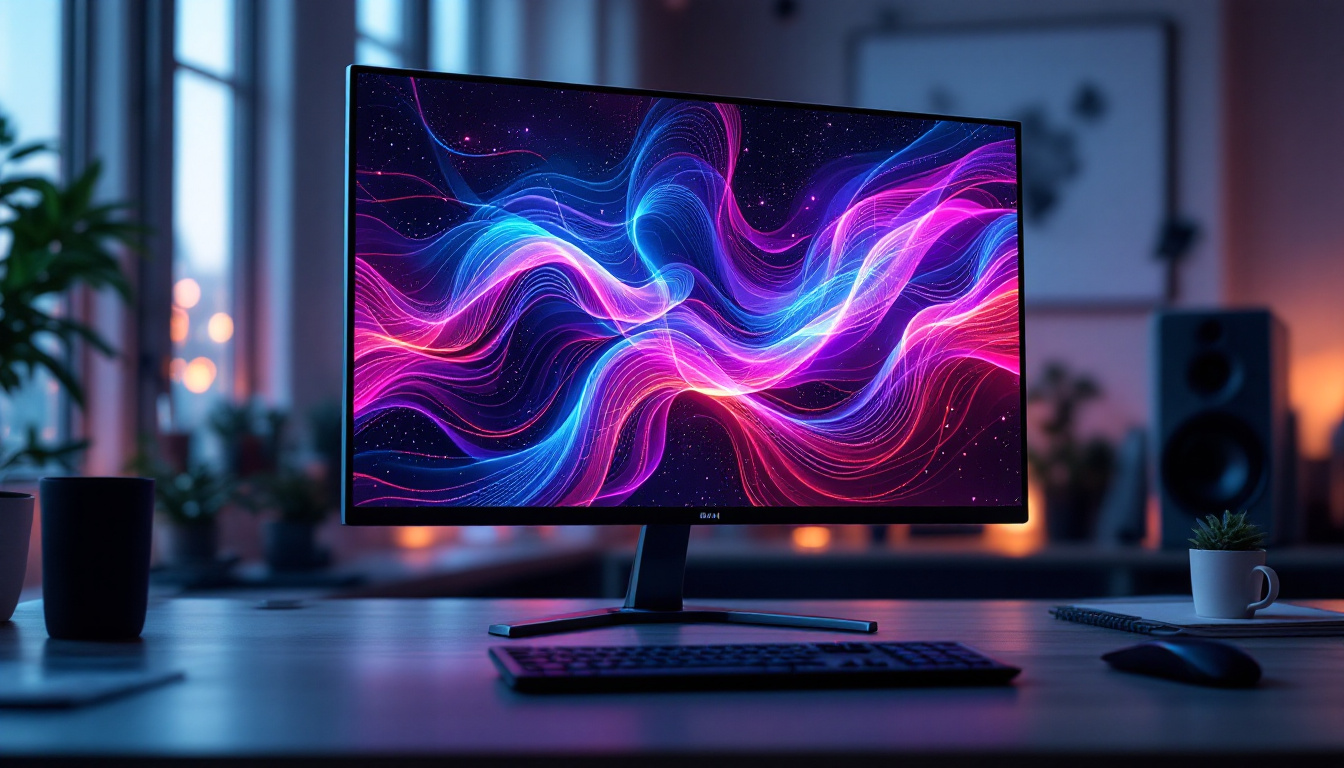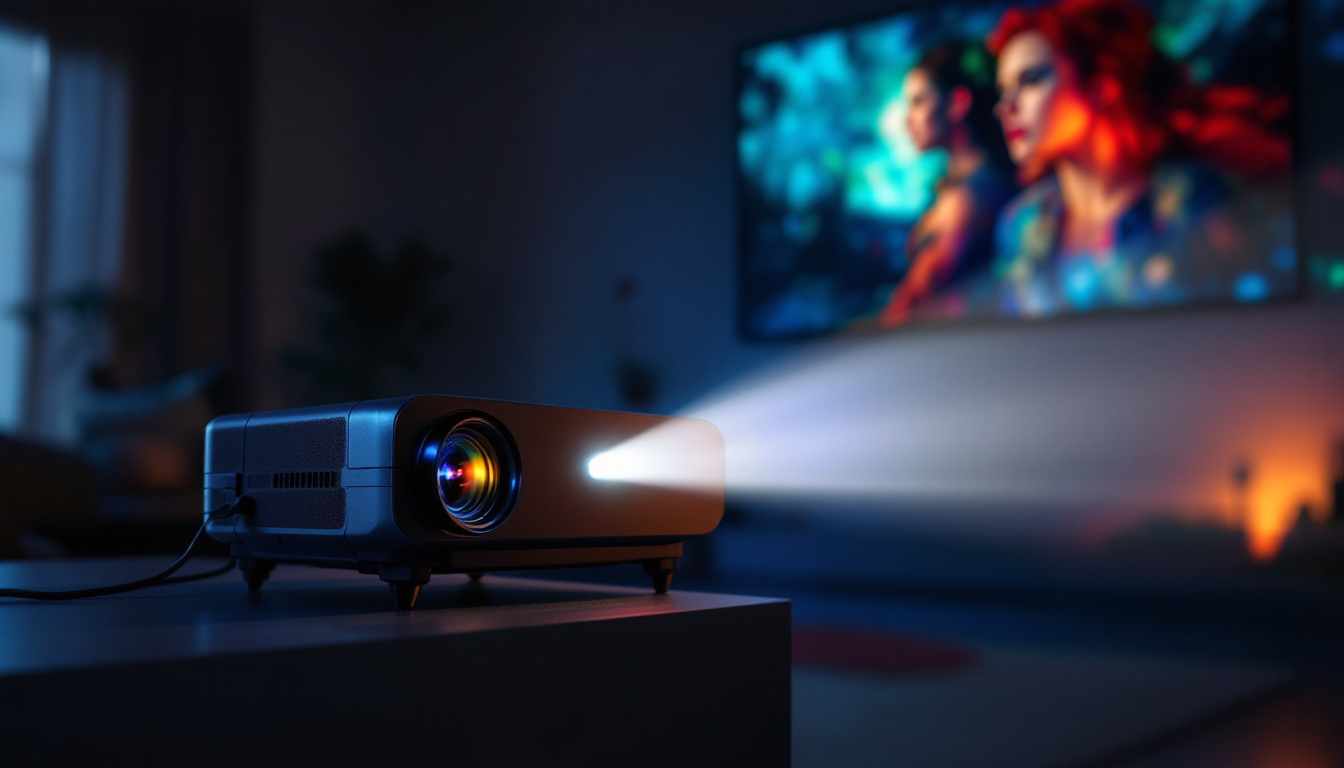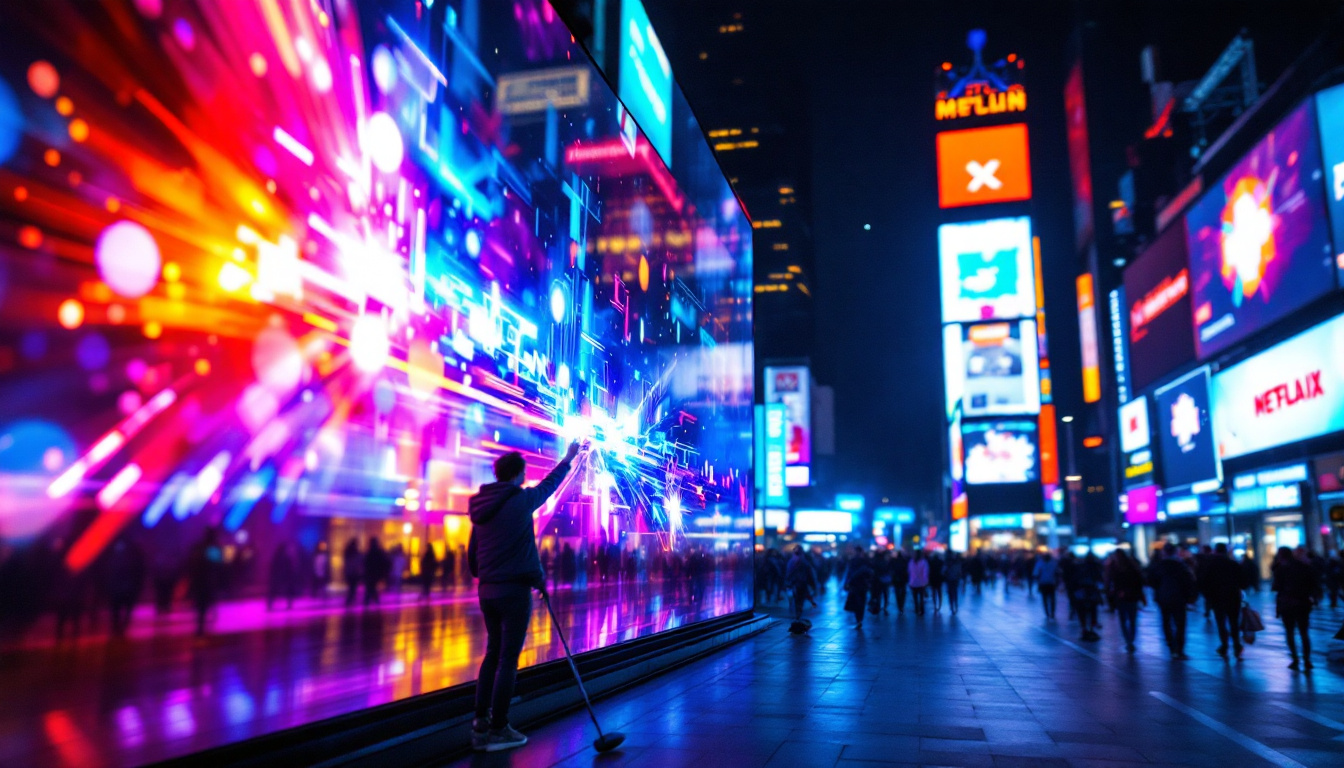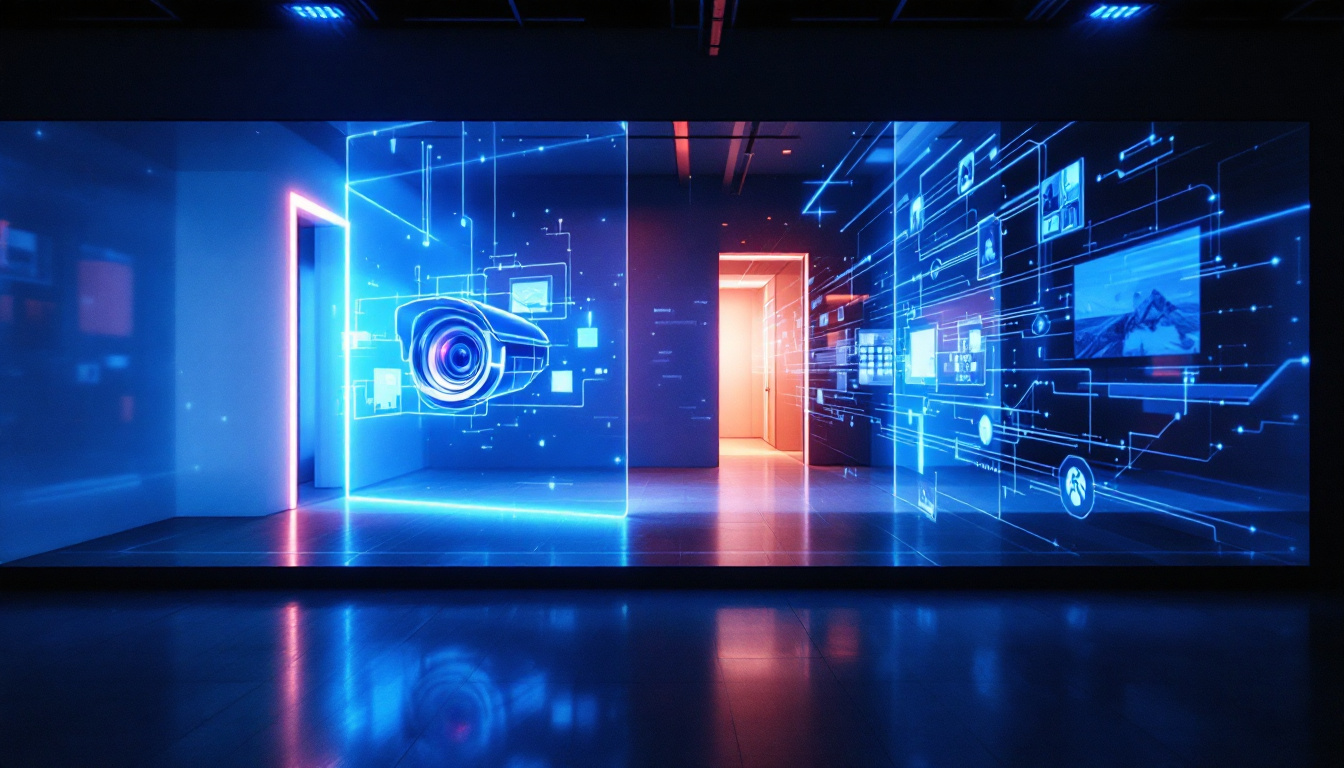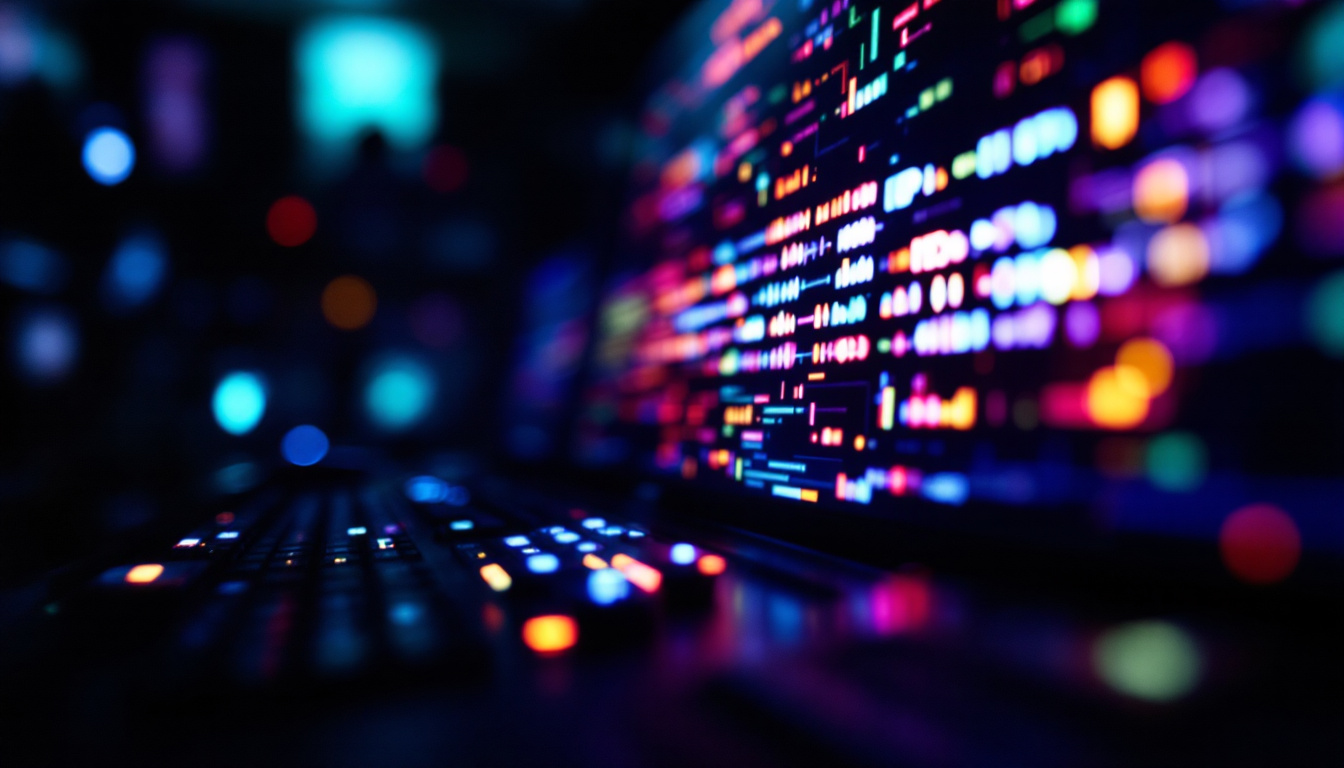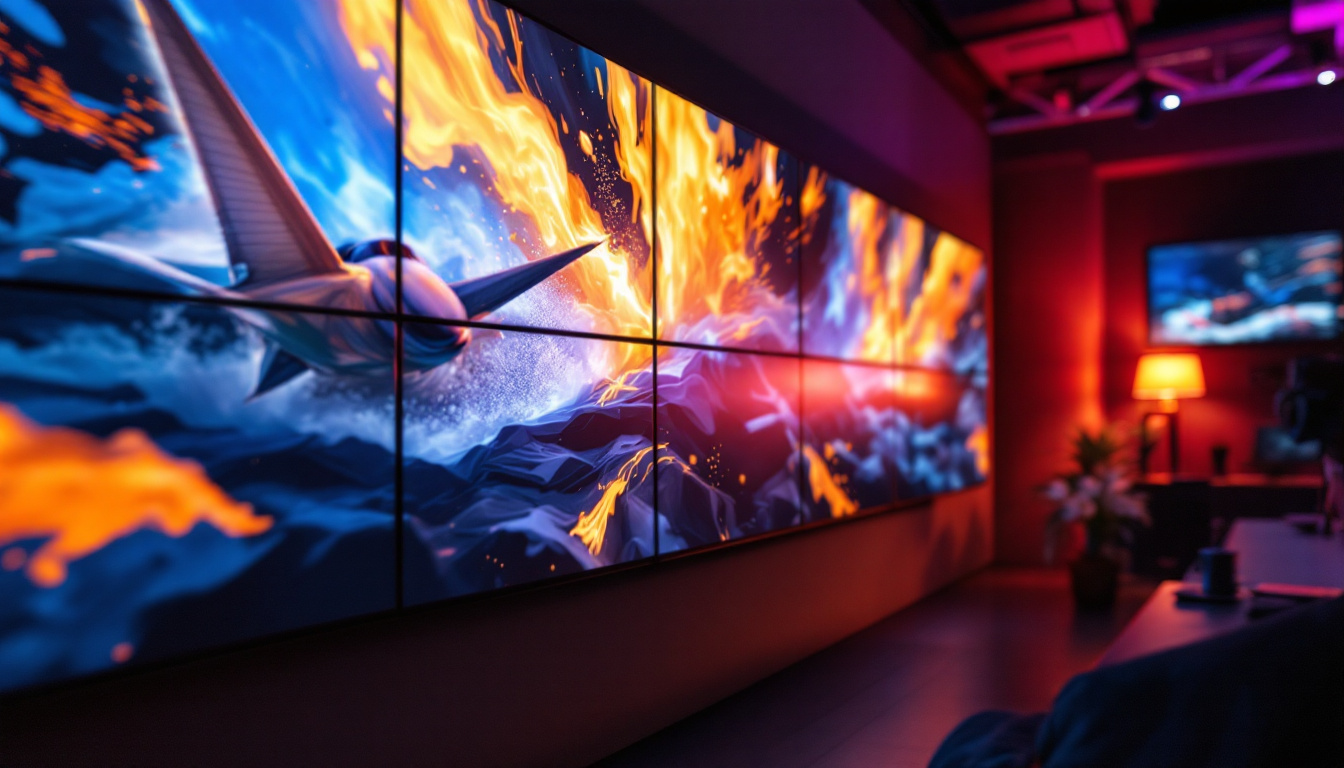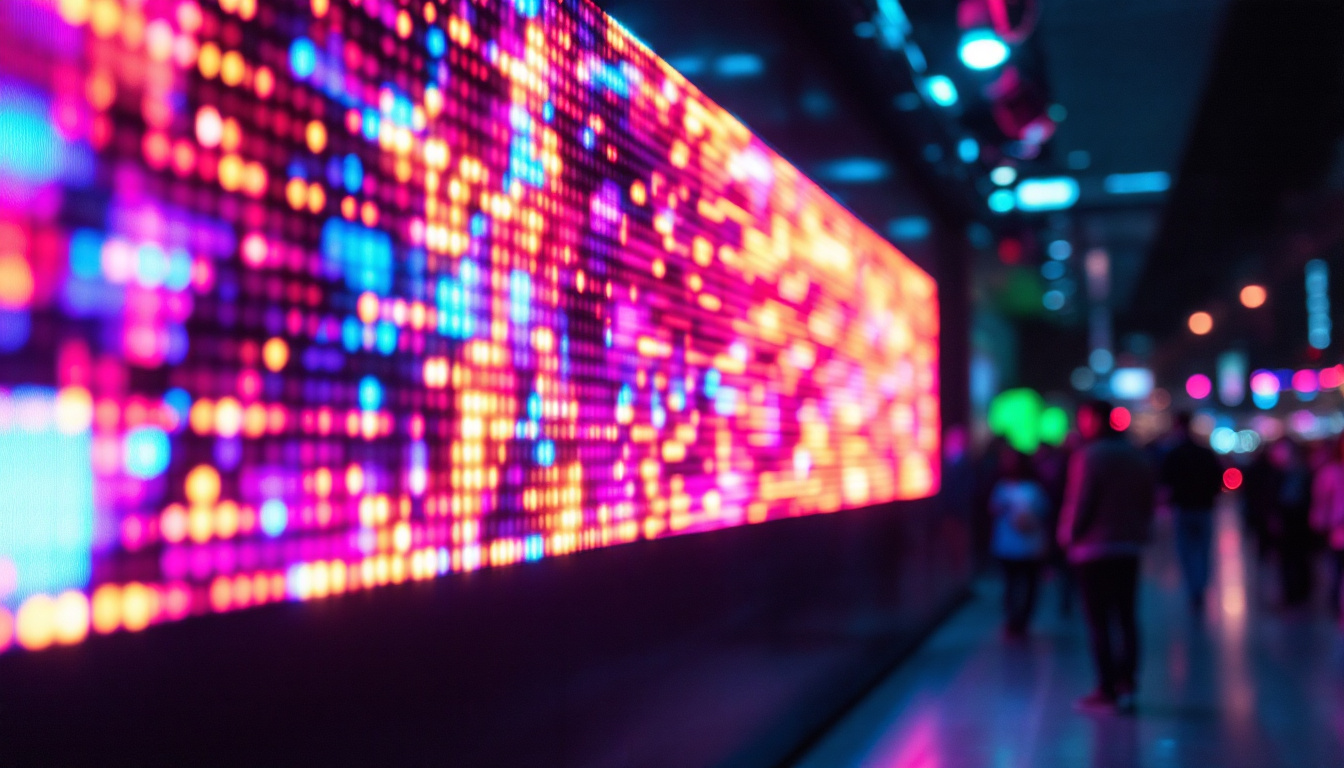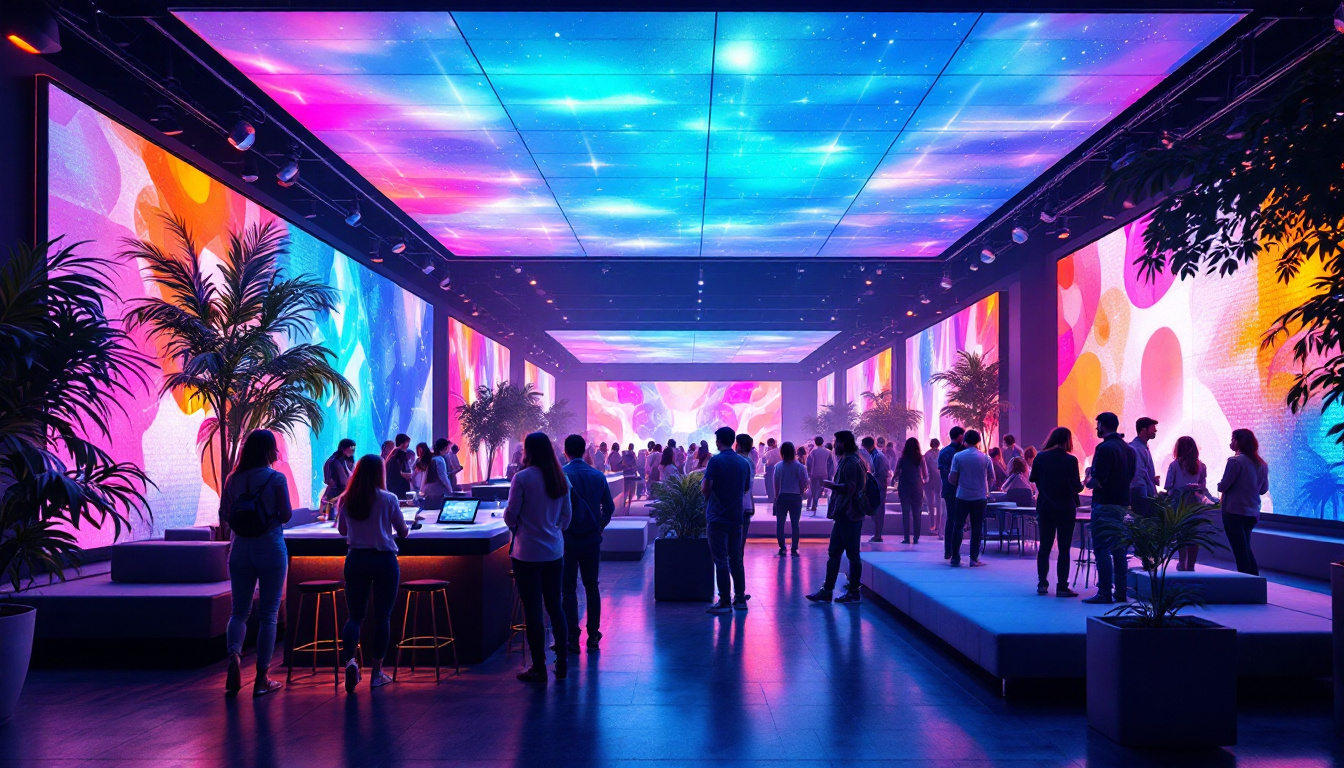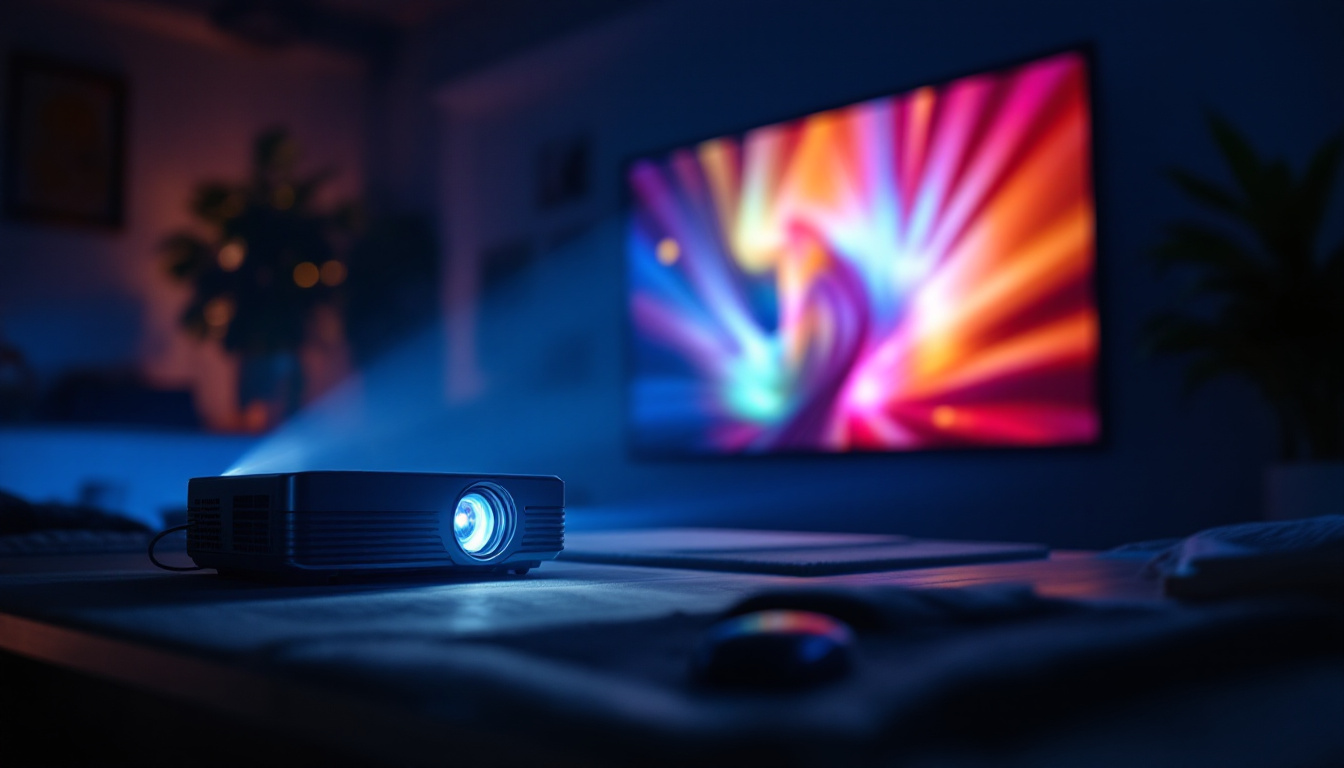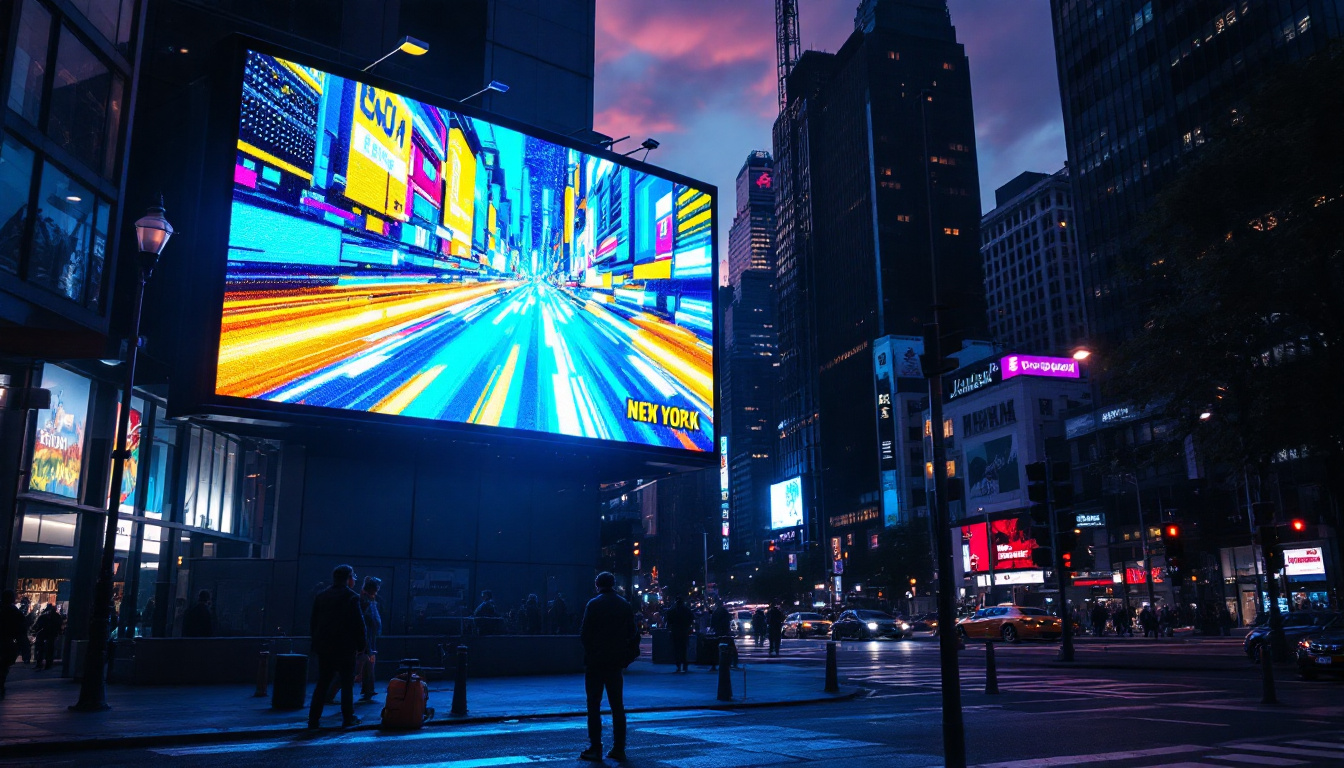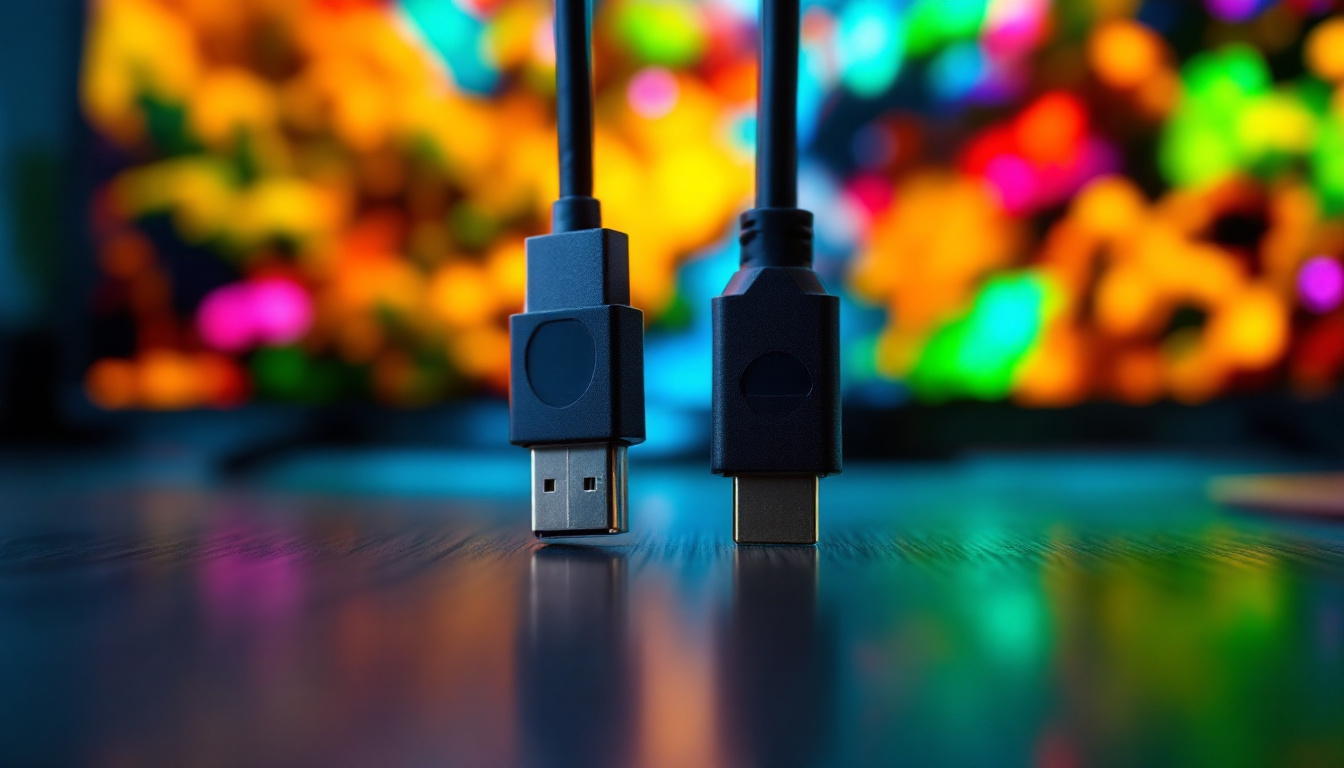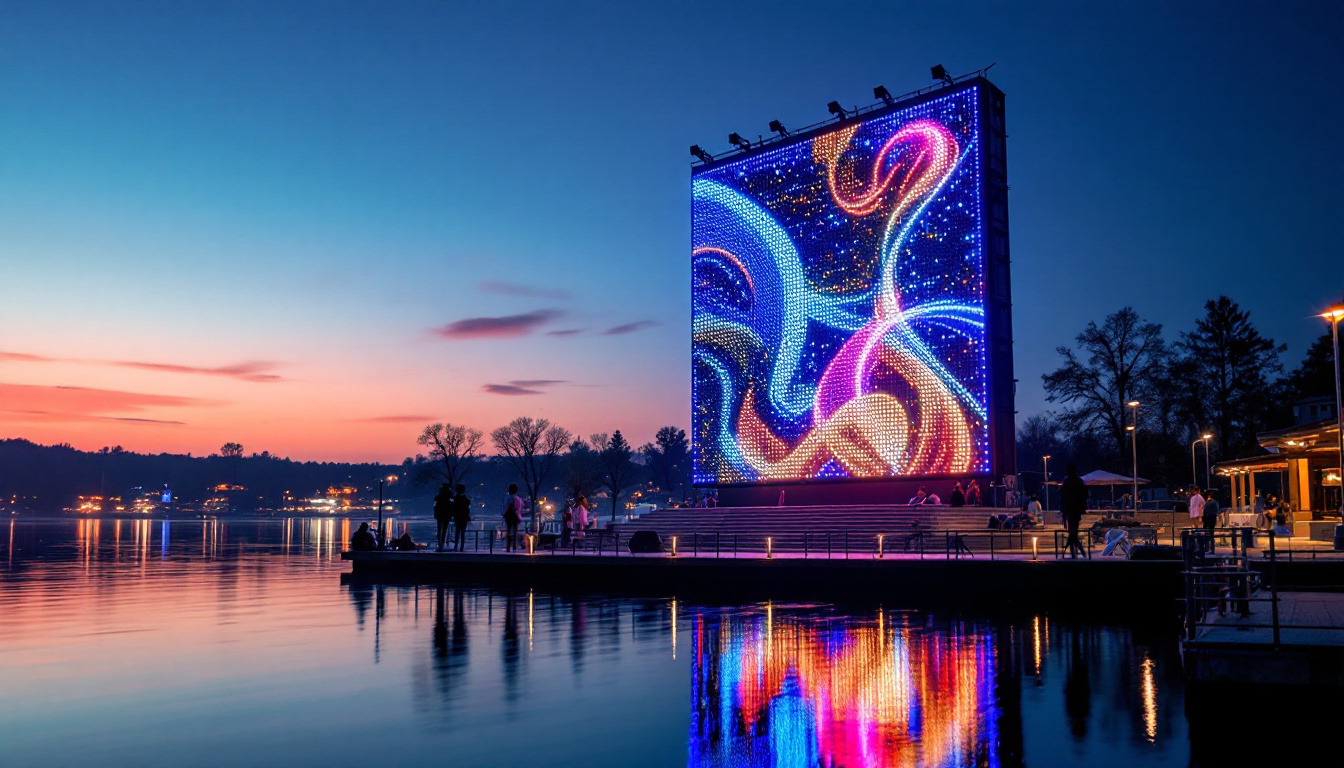In the modern world, screens are an integral part of daily life. From smartphones to televisions, the technology behind these displays has evolved significantly over the years. Among the various types of displays, LED (Light Emitting Diode) technology has gained immense popularity due to its efficiency, brightness, and versatility. This article delves into the intricacies of LED displays, exploring their functionality, advantages, and applications.
Understanding LED Technology
LED technology is based on the principle of electroluminescence, where a semiconductor material emits light when an electric current passes through it. This fundamental characteristic sets LEDs apart from traditional display technologies such as LCD (Liquid Crystal Display) and CRT (Cathode Ray Tube). The efficiency and longevity of LEDs have revolutionized the lighting and display industries, making them a preferred choice for everything from household lighting to massive outdoor billboards.
How LEDs Work
At the core of an LED display are tiny diodes that emit light. When an electric current flows through these diodes, they produce light in various colors, depending on the materials used in their construction. The most common colors are red, green, and blue (RGB), which can be combined to create a wide spectrum of colors. This RGB combination is the basis for full-color LED displays. The process of color mixing in LEDs is not only efficient but also allows for vibrant and dynamic visuals that can be adjusted in real-time, making them ideal for applications such as digital signage and live event displays.
LEDs are typically arranged in a grid format, where each pixel consists of multiple diodes. By controlling the intensity of each diode, the display can produce detailed images and videos. This ability to manipulate light at a pixel level is what makes LED displays so effective for various applications. Additionally, LEDs have a rapid response time, which means they can display fast-moving images without blurring, a crucial feature for video games, sports broadcasts, and other high-speed visual content.
Types of LED Displays
There are several types of LED displays, each designed for specific applications. The most common types include:
- Direct View LED (DVLED): These displays consist of individual LED modules that can be assembled into larger screens. They are often used for large-scale advertising and public displays, providing bright and eye-catching visuals that can be seen from great distances.
- LED-backlit LCD: In this configuration, LEDs are used as a backlight for an LCD panel. This combination enhances brightness and color accuracy, making it popular for televisions and computer monitors. The use of LED backlighting also allows for thinner screens and improved energy efficiency compared to traditional fluorescent backlights.
- Organic LED (OLED): OLED technology uses organic compounds to emit light, allowing for thinner displays with better contrast and color accuracy. OLEDs are commonly found in high-end smartphones and televisions. Their ability to produce true blacks and a wider viewing angle has made them a favorite among consumers seeking premium display quality.
In addition to these common types, there are also specialized LED displays such as transparent LEDs, which are designed to allow light to pass through them, making them ideal for storefronts and exhibitions. Furthermore, MicroLED technology is emerging as a game-changer, offering even higher resolution and brightness levels while maintaining energy efficiency. As LED technology continues to evolve, we can expect to see even more innovative applications and improvements in display quality, paving the way for the future of visual experiences.
Advantages of LED Displays
LED displays offer numerous advantages over traditional display technologies, making them a preferred choice for many applications. These benefits include:
Energy Efficiency
One of the most significant advantages of LED displays is their energy efficiency. Compared to older technologies like CRTs and even standard LCDs, LEDs consume less power while delivering superior brightness. This efficiency translates to lower energy costs and a reduced environmental impact. Furthermore, the lower heat emission of LEDs means that they require less cooling, which can further decrease energy consumption in larger setups, such as in commercial or industrial environments.
Brightness and Color Quality
LED displays are known for their exceptional brightness, making them suitable for both indoor and outdoor use. The ability to produce vibrant colors and deep blacks enhances the viewing experience, whether for movies, video games, or presentations. Additionally, the wide color gamut offered by LED technology allows for more accurate color reproduction. This is particularly beneficial for professional applications, such as graphic design and photography, where precise color matching is crucial. The adaptability of LED displays also allows them to perform well in varying lighting conditions, ensuring that content remains visible and engaging regardless of the environment.
Longevity and Durability
LEDs have a longer lifespan compared to traditional bulbs and displays. While an average LCD display may last around 30,000 hours, LED displays can last up to 100,000 hours or more. This longevity reduces the need for frequent replacements and maintenance, making them a cost-effective choice in the long run. Additionally, LED technology is more resistant to shock and vibration, making these displays ideal for use in dynamic environments like sports arenas or outdoor events. The ruggedness of LED displays also means they can withstand harsh weather conditions, further extending their usability in various applications.
Versatility in Design
Another notable advantage of LED displays is their versatility in design. They can be manufactured in a variety of shapes and sizes, allowing for creative installations that can fit any space. From large video walls in public venues to sleek, curved displays in retail environments, the flexibility of LED technology enables designers to push the boundaries of traditional display formats. This adaptability also extends to modular designs, where individual LED panels can be combined to create custom configurations, making it easier to achieve unique visual effects that capture attention.
Environmental Impact
In addition to their energy efficiency, LED displays are also more environmentally friendly than traditional display technologies. They do not contain harmful substances like mercury, which is often found in older display types, thus reducing the risk of environmental contamination during disposal. Furthermore, as the demand for sustainable technology grows, LED displays align well with green initiatives, making them a responsible choice for businesses and organizations looking to minimize their carbon footprint. The combination of lower energy consumption and reduced waste contributes to a more sustainable future in display technology.
Applications of LED Displays
LED displays have found their way into various sectors, showcasing their versatility and adaptability. Some of the most common applications include:
Advertising and Signage
One of the most prominent uses of LED displays is in advertising and signage. Billboards, storefront displays, and digital signage utilize LED technology to capture attention with bright, dynamic content. The ability to change messages quickly and easily makes LED displays an ideal choice for businesses looking to engage customers effectively.
Television and Home Entertainment
In the realm of home entertainment, LED technology has revolutionized the television industry. LED-backlit LCDs and OLED TVs offer stunning picture quality, making them popular choices for consumers. The advancements in LED technology have also led to the development of ultra-high-definition (UHD) displays, providing an immersive viewing experience.
Sports and Events
LED displays are commonly used in sports arenas and event venues to enhance the spectator experience. Large screens display live action, replays, and advertisements, ensuring that fans have an engaging experience. Additionally, LED technology is used for scoreboards and information displays, providing real-time updates during events.
Challenges and Considerations
While LED displays offer numerous advantages, there are also challenges and considerations to keep in mind. Understanding these factors can help consumers and businesses make informed decisions.
Cost
Although the prices of LED displays have decreased over the years, they can still be more expensive than traditional display technologies. This initial investment may deter some consumers, especially for large-scale installations. However, the long-term savings on energy and maintenance can offset the upfront costs.
Viewing Angles
Another consideration is the viewing angle of LED displays. While many modern LED displays offer wide viewing angles, some models may suffer from color distortion or brightness loss when viewed from extreme angles. It is essential to evaluate the intended use and viewing conditions before selecting a display.
Heat Generation
LED displays can generate heat during operation, particularly in large installations. Proper ventilation and cooling systems may be necessary to prevent overheating and ensure optimal performance. This requirement adds an additional layer of complexity to installation and maintenance.
The Future of LED Displays
The future of LED display technology looks promising, with ongoing advancements and innovations on the horizon. As the demand for high-quality displays continues to grow, manufacturers are exploring new materials and techniques to enhance performance.
MicroLED Technology
One of the most exciting developments in LED technology is MicroLED. This technology utilizes tiny LED chips to create individual pixels, allowing for even greater resolution and color accuracy. MicroLED displays promise to deliver exceptional picture quality while maintaining the energy efficiency and longevity associated with traditional LED displays.
Flexible and Transparent Displays
Another area of innovation is the development of flexible and transparent LED displays. These displays can be bent or shaped to fit various surfaces, opening up new possibilities for design and application. Transparent displays, in particular, could revolutionize advertising and information dissemination by blending seamlessly into their environments.
Integration with Smart Technology
As smart technology continues to evolve, LED displays are likely to integrate more closely with IoT (Internet of Things) devices. This integration could lead to displays that adapt to their environment, providing personalized content based on user preferences and behaviors. Such advancements would enhance the interactivity and functionality of LED displays in both commercial and residential settings.
Conclusion
LED displays have transformed the way we interact with visual content, offering unparalleled brightness, energy efficiency, and versatility. From advertising to home entertainment, the applications of LED technology are vast and varied. While challenges exist, ongoing innovations promise to address these issues and further enhance the capabilities of LED displays.
As technology continues to evolve, LED displays will undoubtedly play a crucial role in shaping the future of visual communication. Understanding the intricacies of this technology empowers consumers and businesses to make informed decisions, ensuring they harness the full potential of LED displays in their respective fields.
Discover the Future of Visual Communication with LumenMatrix
As you consider the vast potential and applications of LED display technology, LumenMatrix stands at the forefront of innovation, ready to illuminate your brand’s message with unparalleled clarity and vibrancy. Whether you’re looking to captivate passersby with an Outdoor LED Wall Display, engage fans with a dynamic LED Sports Display, or create a unique environment with a Custom LED Display, LumenMatrix has a solution tailored to your needs. Embrace the future of visual experiences and check out LumenMatrix LED Display Solutions today to see how our cutting-edge technology can transform your visual communication strategy.

